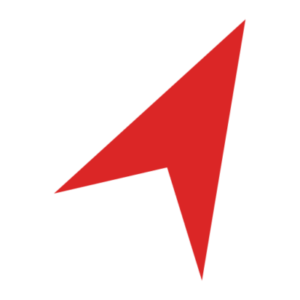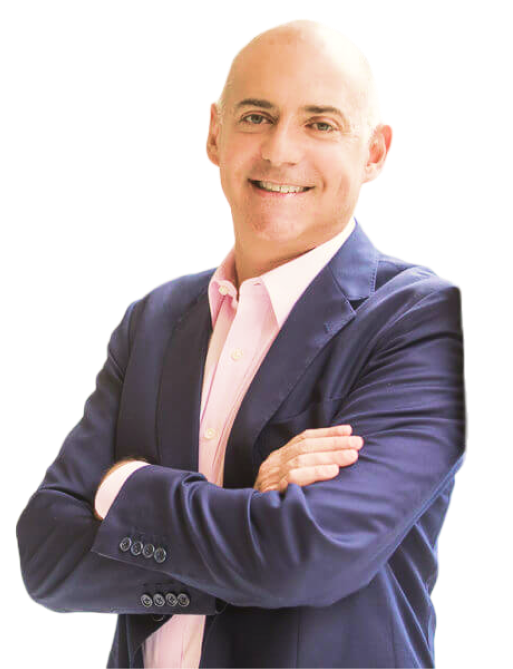Capacity building for a nonprofit client
Wachs Strategies was retained by a volunteer board that had founded a new organization and recognized that they would be limited in what they could achieve with their reliance on ...
This client came to Wachs Strategies requesting support in running a strategic planning process for the organization. Their previous strategic planning process had been an onerous task, and the executive team was clear they needed a new approach this time. They engaged our team to:
Wachs Strategies designed this project scope to engage their team to build out a plan that would lead to tangible outcomes. The client wanted an actionable plan that would be used to drive internal decision making and external discussions.
We focused on getting the right people into the conversations early, using them as ambassadors to the different stakeholder groups they represented, whether that was board, staff, volunteers, or customers. We then used the framework that the group developed to engage a smaller group of executive team members to get into the details of the plan, from three-year goals to specific milestones and metrics of success to mark progress along the way.
The strategic planning process we offered ensured that our client had a clear roadmap to guide their decision making and plans for the next three years, the buy in from staff and their board to help achieve those goals, and the confidence that they had the ability to make a meaningful impact on their mission without stretching themselves too thin.
The best way to solve a problem is to talk it out. Reach out to set up a time to talk. We’d love to hear from you.


Wachs Strategies was retained by a volunteer board that had founded a new organization and recognized that they would be limited in what they could achieve with their reliance on ...
Our clients, two major nonprofits, were the co-owners of a technology product that addressed a previously unmet need in its community. However, neither nonprofit had a strategic focus on technology ...
Our client, a major corporation with multiple entities and significant name recognition, had consolidated its grantmaking into one corporate foundation several years ago. The foundation was donating significant funds annually, ...